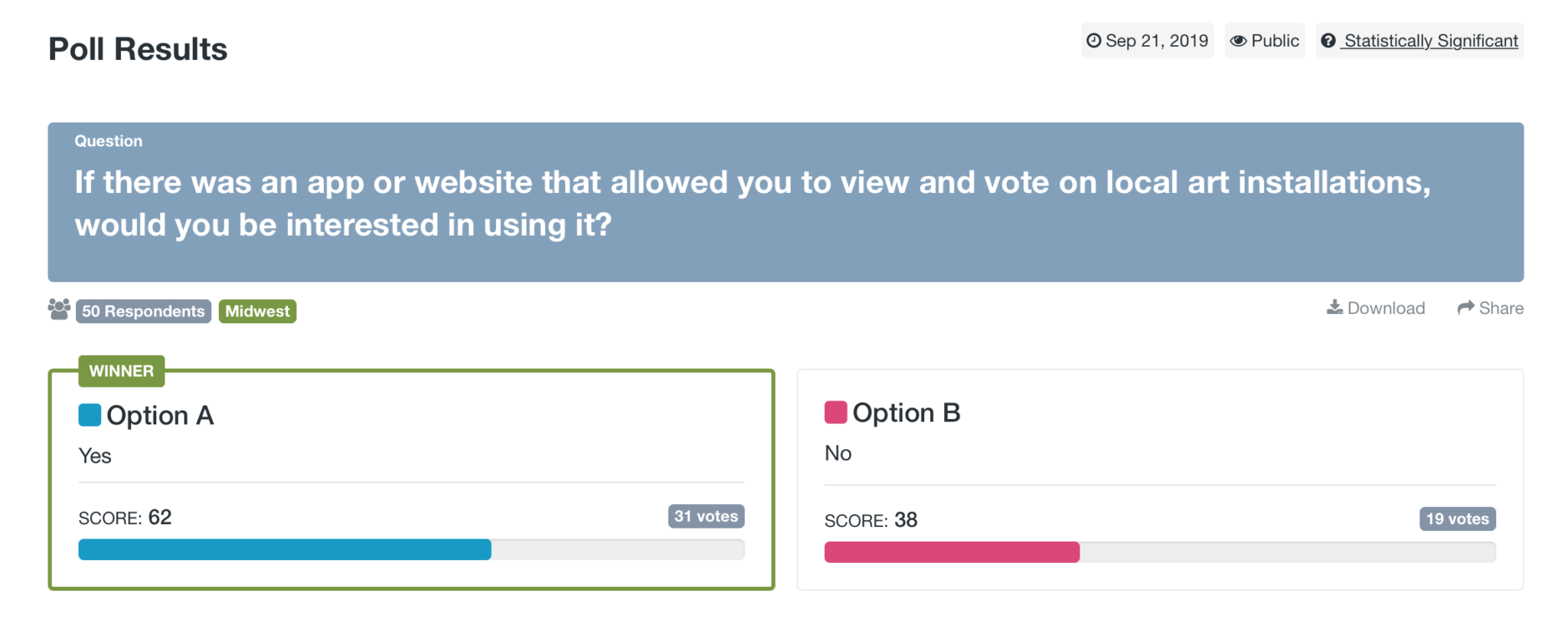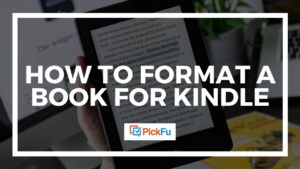Acquiescence bias is a common concern in consumer research — and for good reason. Also known as agreement bias or yes bias, acquiescence bias is when a survey participant tends to agree with a statement, regardless of their true feelings.
This can be a problem for sellers, entrepreneurs, and marketers who rely on market research to make decisions about their business. Our guide to acquiescence bias will help you understand what it is and how to prevent it from affecting your research.
What is acquiescence bias?
Acquiescence bias is one of several types of response bias. It happens most often with survey questions that give respondents only two choices, such as agree/disagree, true/false, or yes/no.
Say you’re asked to agree or disagree with this statement: black cats are bad luck.
Maybe you don’t have much of an opinion on this, but you agree anyway, for a number of reasons. That’s acquiescence bias.
The wording of a question is a factor in acquiescence bias. “Do you agree or disagree” tends to get more agree responses, while “Do you disagree or agree” often generates more disagree responses.
Between 10% and 20% of survey respondents have some sort of acquiescence bias when presented with only two options, research shows.
Why does acquiescence bias occur?
Experts have several theories for why acquiescence bias occurs.
Theory 1: Agreeability
Generally speaking, people tend to agree out of sheer politeness, unless they have strong negative feelings about a particular topic.
A study about avoiding acquiescence bias in Facebook research found that people tend to approach survey taking as they do any conversation. As a result, the pressure to conform to the social norms of an everyday conversation makes its way into their responses.
Theory 2: Researcher’s influence
A person’s perception of the researcher leading the survey might lead to acquiescence bias.
If you see a researcher as an authority figure, you might answer in a certain way based on what you think the researcher wants you to say.
Theory 3: Satisficing
The Facebook research study also pointed to satisficing as a potential cause of acquiescence bias. Satisficing is when people choose a response they think is good enough, rather than fully engaging in the survey to give the best possible answer.
What is an example of yes bias?
Yes bias, also called yes-saying, is a form of acquiescence bias. This is the tendency for survey participants to agree with statements or answer yes to questions — even when they’re in doubt.
Let’s go back to the black cat example, but turn it into a yes or no question: are black cats bad luck?
Maybe you haven’t thought much about whether black cats are bad or good luck. Maybe the thought of a house cat, regardless of color, having some impact on the concept of luck seems silly. It’s a cat. End of story.
But when forced to choose yes or no, people often default to yes when answering questions like these.
Why does yes bias happen? Experts say it could be any of the three reasons we discussed above. A respondent agrees out of politeness; they assume the researcher, as an authority figure, wants them to agree; or they think yes is good enough so they can move on to the next question.
Why is acquiescence bias an issue when conducting a survey?
When a survey participant doesn’t answer questions truthfully — whether they realize it or not — this skews the validity of the results.
Sellers, entrepreneurs, and marketers need accurate survey results to help them make important business decisions. Unreliable information leads to bad decisions, which could have long-term effects. For example, a business might lose market share or its profitability could take a hit if it makes a product its customers don’t actually want.
How can you avoid acquiescence bias?
Acquiescence bias is a common and legitimate concern in consumer research. The good news is there are practices you can put in place to create better surveys and avoid acquiescence bias.
Don’t ask yes/no, agree/disagree, or true/false questions. As we’ve discussed, providing only two options — a positive and a negative — forces people to choose between them. And because people have a natural tendency to answer positively, their responses aren’t always truthful.
Write neutral, unbiased questions. Don’t word questions in a leading way. Instead of asking, “How much did you enjoy this YouTube video?” you might say, “On a scale of 1-5, with 1 being the worst and 5 being the best, please rate this YouTube video.” The latter question doesn’t assume respondents liked the video. It only asks them to rate their viewing experience.
Randomize your answer choices. In some cases, people think the first response is always the correct one. Or, they select the first response out of convenience (it’s there, so it’s good enough). By randomizing the answer choices, you reduce the likelihood for skewed results.
How to use PickFu to prevent acquiescence bias
The data you get from your customer surveys is only as good as the work you put into creating them.
As an online polling platform, PickFu has a library of resources that can help you write unbiased questions to generate more accurate responses from your target audience. Check out our articles to learn the most common surveying mistakes and how to avoid them. Dig deeper into double-barreled questions. Understand what makes a high-quality poll.
Whether you’re creating your first or 50th survey, PickFu makes the process easier so you know you’ll get accurate results that can help your business.






